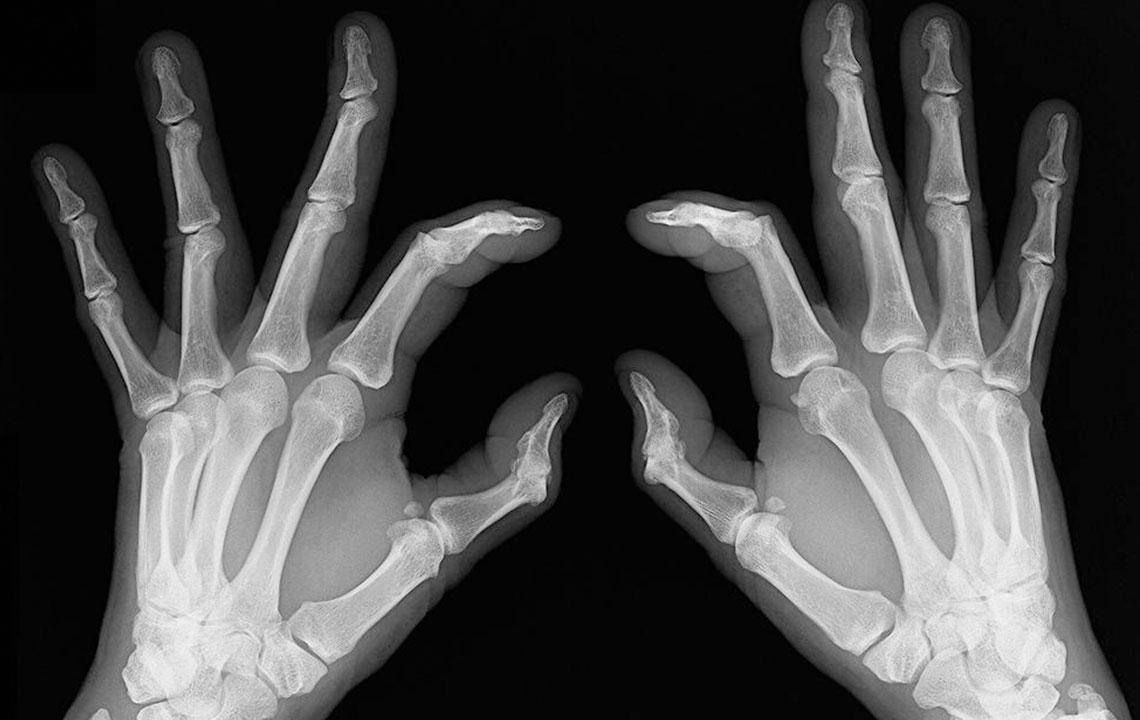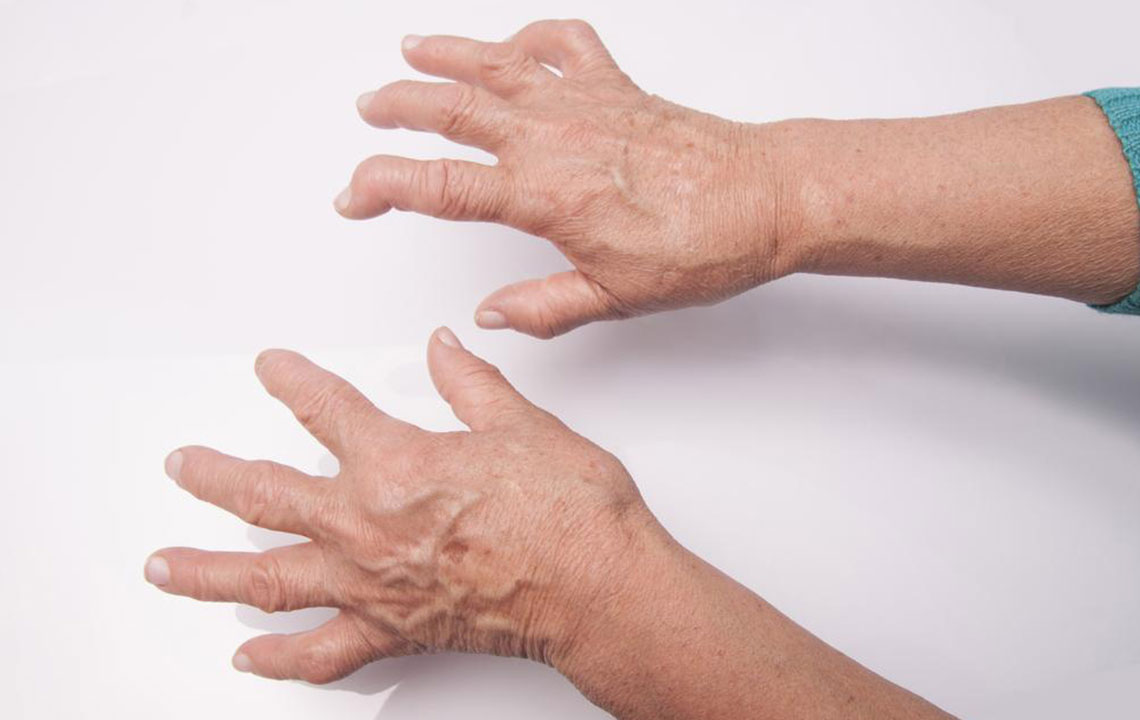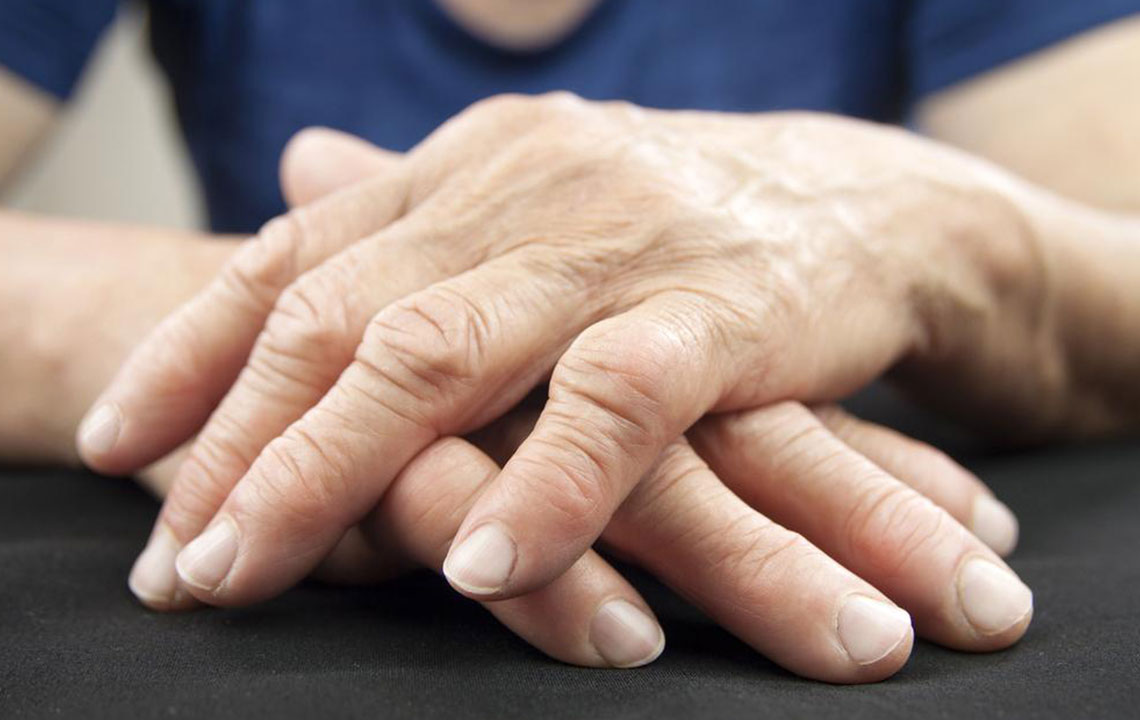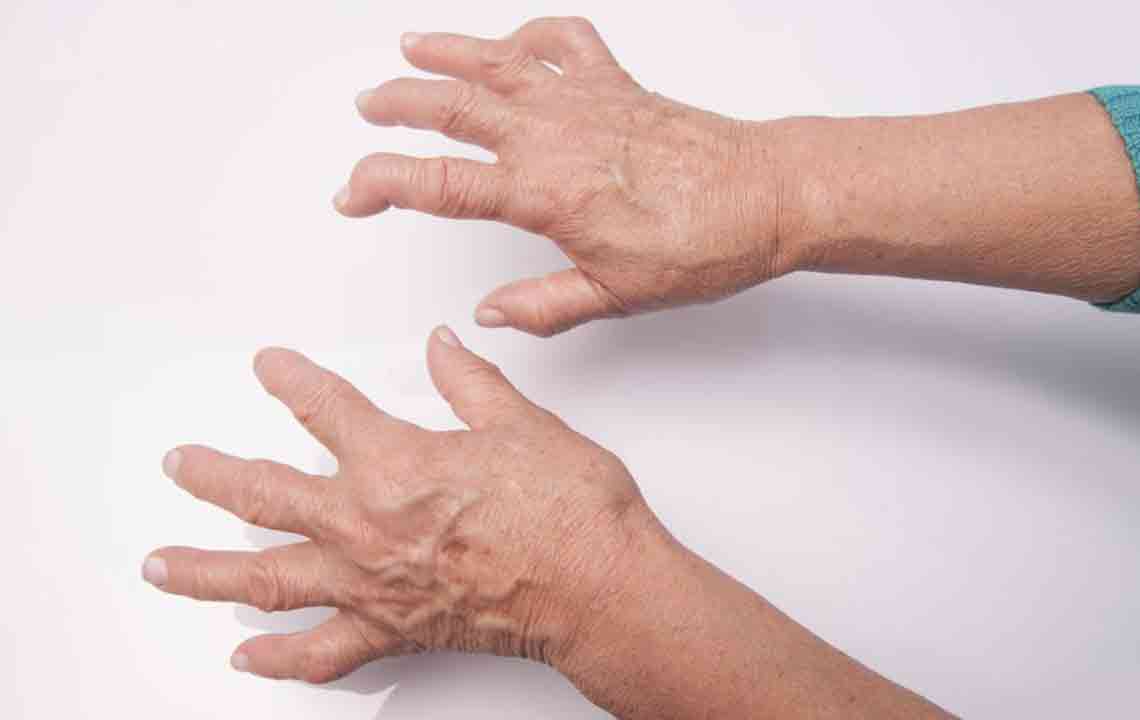Recognizing Early Indicators of Rheumatoid Arthritis
Early detection of rheumatoid arthritis is vital for effective management. Recognize the initial signs such as joint pain, stiffness, redness, and fatigue. Consulting a healthcare professional promptly can help prevent joint damage and improve quality of life. This article highlights key symptoms and the importance of early diagnosis for better outcomes.

Recognizing Early Indicators of Rheumatoid Arthritis
Rheumatoid arthritis (RA) is a condition characterized by persistent joint inflammation, leading to pain, swelling, and potential bone damage. It often develops gradually, starting with intermittent aches that may later spread across various joints within weeks or months. Staying alert to subtle symptoms is crucial for timely diagnosis and treatment. Symptoms vary among individuals, but common signs include joint pain, fatigue, swelling, stiffness, redness, and possible bone deformity. Early detection can significantly improve management and quality of life.
Joint Pain: The initial warning sign, commonly affecting knees, hips, wrists, neck, and ankles, typically presents as persistent discomfort.
If you notice these symptoms, consulting a healthcare professional is essential, as specific diagnostic tests can confirm rheumatoid arthritis. When joint pain appears alongside other symptoms like fatigue or swelling, seek medical advice promptly.
Fatigue and fever can accompany RA, alongside inflammation leading to swollen joints. Sometimes, joints feel stiff upon waking, and early morning stiffness can last for hours. Redness and warmth over joints are also common signs. Watch for any subtle changes in joint shape or movement, indicating potential deformity.
Detecting RA early allows for effective treatment, alleviating pain and preventing progression. Always prioritize consultation with a qualified healthcare provider for accurate diagnosis and tailored care strategies.










